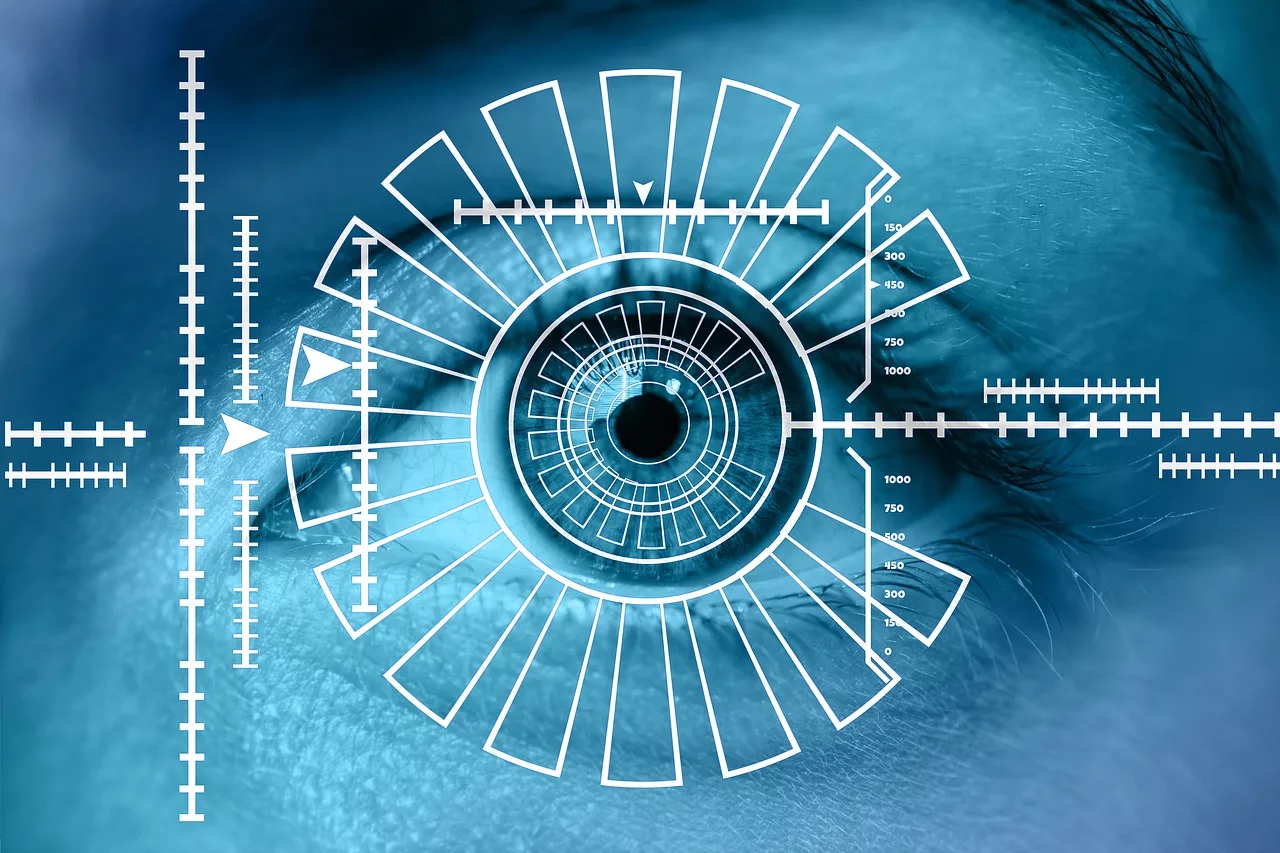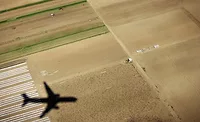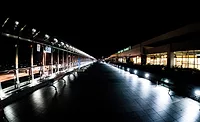TSA Prepares to Use Facial Recognition at Las Vegas McCarran International Airport

The Transportation Security Administration is preparing to launch facial recognition testing at the Las Vegas' McCarran International Airport (LAS).
The U.S. Department of Homeland Security (DHS), in a report, said the purpose of the facial recognition testing is for "automating the identity verification portion of the Travel Document Checker (TDC) using biometric technology." TSA will assess its ability to compare the passenger’s live facial image at the checkpoint against an image taken from the passenger’s identity document for passengers who opt to participate. The information will be used for subsequent qualitative and quantitative analysis by the Department of Homeland Security Science and Technology (S&T) Directorate.
To improve the speed, efficiency, and security of TSA’s identity verification process, TSA is exploring the use of biometric matching technologies, with a focus on facial recognition “as the primary means of identity verification for aviation security screening," the report says. TSA expects that facial recognition may permit TSA personnel to focus on other critical tasks and expediting security processes – resulting in shorter lines and reduced wait times. "Biometric matching is also expected to increase TSA’s security effectiveness by improving the ability to detect impostors," says the report.
Previously, TSA tested this technology at the Los Angeles International Airport (LAX). During the testing at LAX, TSA used biometric-enabled automated electronic security gates with a camera that captured and compared a real-time facial image with the image from the passenger’s e-Passport.
At LAS, TSA will not use automated gates. Instead, a Credential Authentication Technology (CAT) device will be equipped with a camera at the checkpoint. The CAT with Camera (CAT-C) will validate that the identity document presented by the passenger is authentic; collect the photo image and biographic information of the passenger from the document; and capture the passenger’s live facial image. The CAT-C device will then compare the live facial image of the individual to the image from the passenger’s identity document using a proprietary facial matching algorithm to verify that the document belongs to the person presenting it. Once the facial matching result is recorded, TSA personnel staffing the CAT-C will direct the passenger to the standard TDC. All passengers must complete the standard TDC process for manual identity and travel document verification, regardless of the CAT-C biometric matching results.
The passenger’s facial image, along with certain biographic information from the passenger’s identity document, will be collected by TSA and retained for subsequent qualitative and quantitative analysis by S&T for this proof of concept. TSA will store the data on a removable TSA-owned encrypted hard drive attached to the CAT-C. TSA personnel will remove the encrypted hard drive daily and transfer it to S&T personnel weekly.
Looking for a reprint of this article?
From high-res PDFs to custom plaques, order your copy today!







